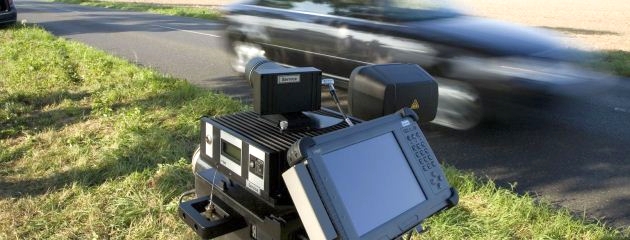We reported earlier that the full complement of 831 Automated Enforcement System (AES) cameras will be up and running in 18 months from now, with the cams set to be deployed in stages. The Road Transport Department (JPJ) has actually released the full set of locations where the cams will be placed, and you can find the complete list of both speed trap and traffic camera locations as well as a summary after the jump.
Already, 14 AES cameras have been operational since September 23, and these are installed at various hotspots or accident prone areas in the Klang Valley and Perak. The 14 locations are listed in our earlier report.
[scribd id=109321061 key=key-1dbmdpy87brjn4d2ll55 mode=scroll]
[scribd id=109321293 key=key-2eomqm2lqnff64y04c4f mode=scroll]
[scribd id=109321223 key=key-1po04ra49977ceqvoljf mode=scroll]
Looking to sell your car? Sell it with Carro.



AI-generated Summary ✨
Comments generally support the AES system, citing it as an effective way to reduce accidents and enforce traffic laws fairly without human bias. Many appreciate that the system is 24/7 and transparent, with some noting the locations are already published. However, critics argue that the speed limits are often unreasonable, especially on highways like MEX or NSE, which should have higher limits. Several mention that the system’s placement and speed threshold (usually 10 km/h over) are flawed or inconsistent, sometimes leading to unnecessary fines. There’s also concern about the system being used primarily for revenue generation and whether it’s properly planned, with calls for better road infrastructure and comprehensive traffic management rather than dependence on cameras alone. Overall, sentiments mix approval of safety benefits with frustration over execution and standards.